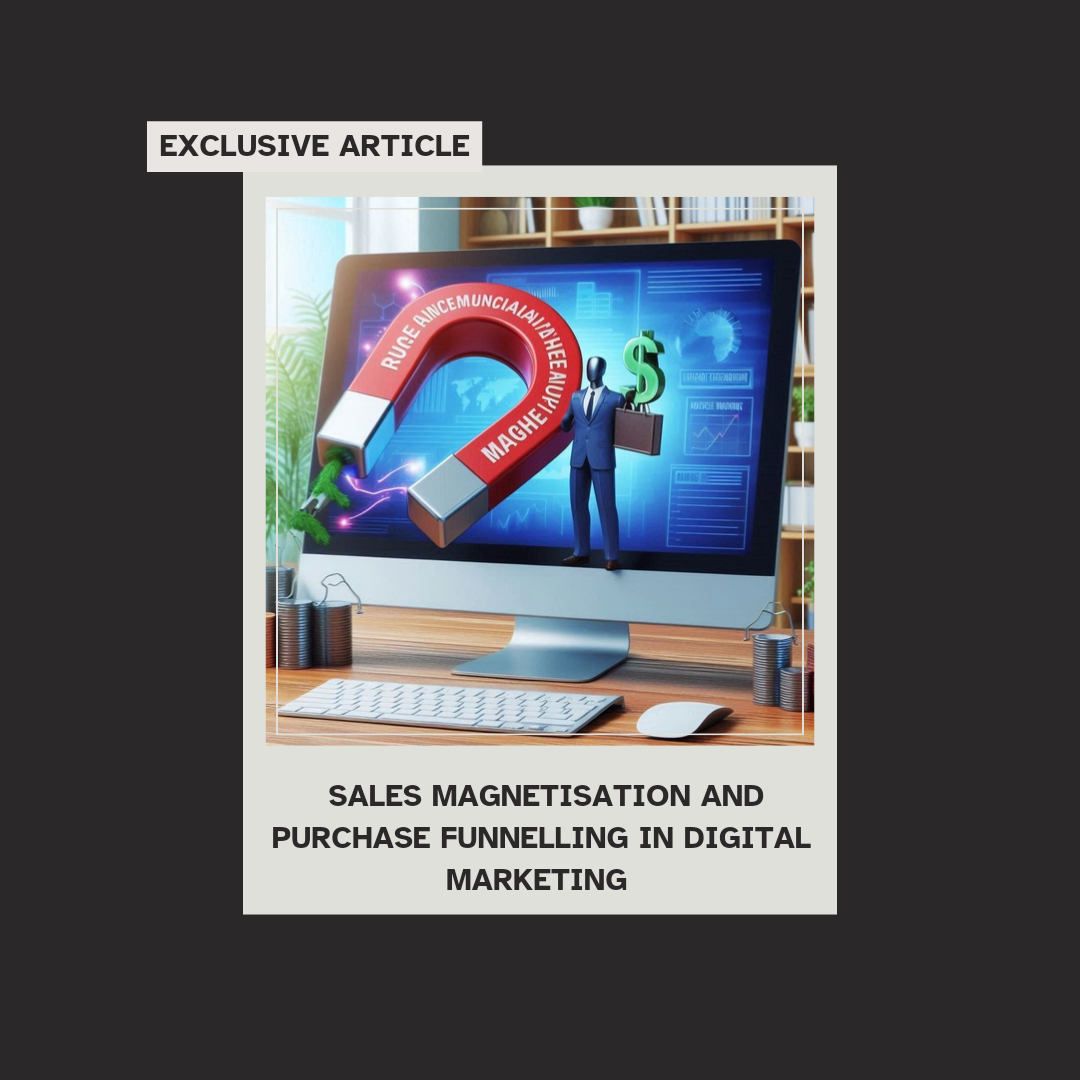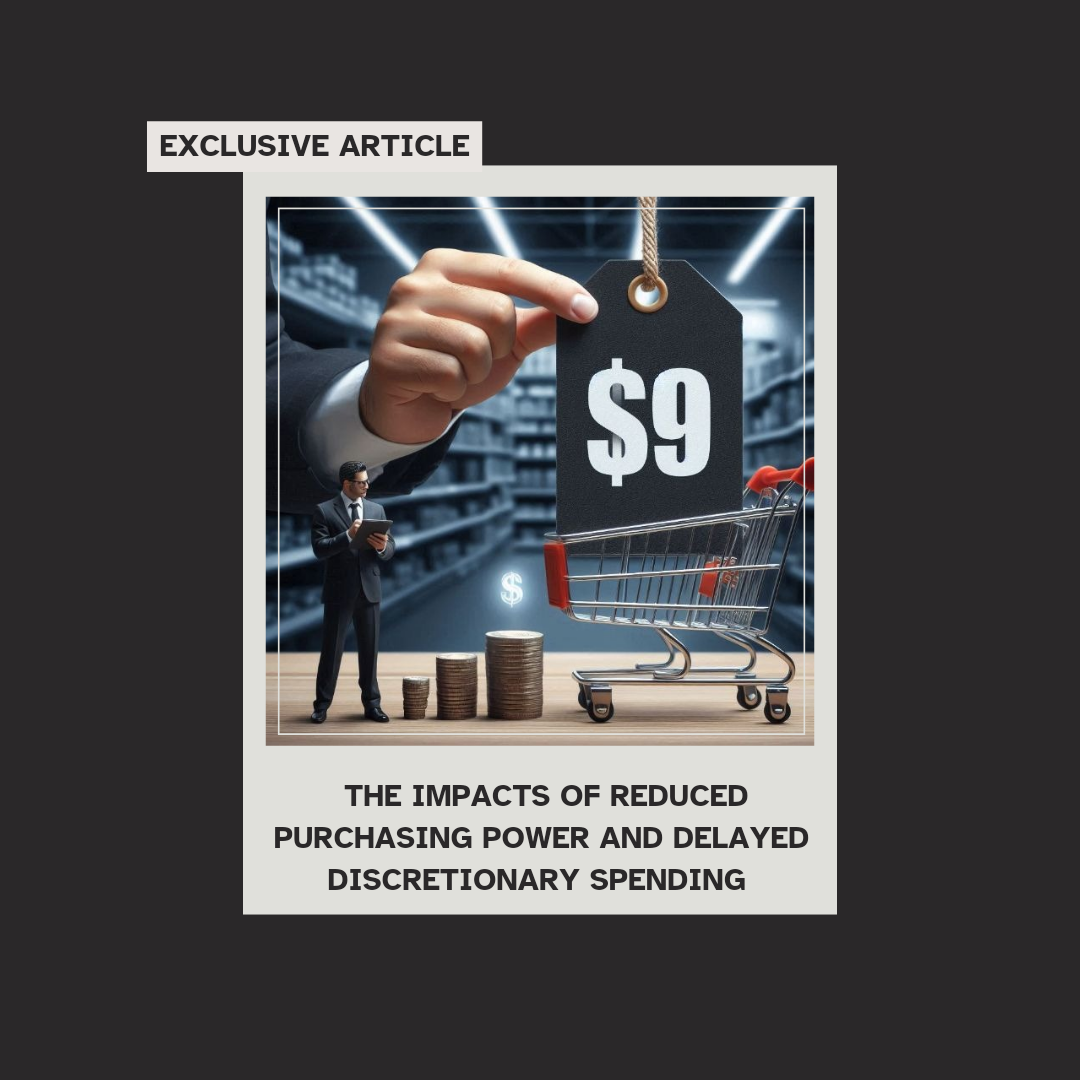Articles
Business and the Economy
EXCLUSIVE
ARTICLES
Make an impact today
Support my free content by contributing a donation.

The Power of Long-Tail and Short-Tail SEO Keywords for Websites and Blogs
In the realm of digital marketing, both long-tail and short-tail SEO keywords play critical roles in driving traffic and enhancing a website's visibility. Understanding their unique benefits can empower businesses and bloggers to devise effective content strategies.
Short-tail keywords, typically consisting of one or two words, such as "SEO" or "digital marketing," tend to attract a higher search volume. While they may generate significant traffic, competition for these keywords is fierce. As a result, ranking highly for short-tail keywords can be challenging, often requiring substantial resources and a well-established online presence.
Conversely, long-tail keywords are more specific, usually comprising three or more words, such as "how to improve SEO for small business" or "best practices for digital marketing in Australia." These keywords generally attract less search traffic but offer greater conversion potential. Users employing long-tail keywords are often further along in the buying cycle, seeking targeted information that aligns closely with their specific needs. By optimizing for these phrases, websites can attract a more engaged audience, resulting in higher conversion rates.
Integrating both short-tail and long-tail keywords into a content strategy allows businesses to tap into varying levels of search intent. A balanced approach can help optimize visibility for broader search queries while also capturing niche audiences that convert
In the realm of digital marketing, both long-tail and short-tail SEO keywords play critical roles in driving traffic and enhancing a website's visibility. Understanding their unique benefits can empower businesses and bloggers to devise effective content strategies.
Short-tail keywords, typically consisting of one or two words, such as "SEO" or "digital marketing," tend to attract a higher search volume. While they may generate significant traffic, competition for these keywords is fierce. As a result, ranking highly for short-tail keywords can be challenging, often requiring substantial resources and a well-established online presence.
Conversely, long-tail keywords are more specific, usually comprising three or more words, such as "how to improve SEO for small business" or "best practices for digital marketing in Australia." These keywords generally attract less search traffic but offer greater conversion potential. Users employing long-tail keywords are often further along in the buying cycle, seeking targeted information that aligns closely with their specific needs. By optimizing for these phrases, websites can attract a more engaged audience, resulting in higher conversion rates.
Integrating both short-tail and long-tail keywords into a content strategy allows businesses to tap into varying levels of search intent. A balanced approach can help optimize visibility for broader search queries while also capturing niche audiences that convert. As such, understanding and leveraging the strengths of both types of keywords is essential for any effective online marketing strategy.

Identifying and Understanding Competitive Market Differentiation
In a saturated marketplace, identifying and understanding competitive market differentiation is crucial for businesses striving to establish a unique value proposition. Competitive differentiation involves recognizing the attributes that set a company’s offerings apart from its rivals. This process begins with comprehensive market research to analyse competitors’ strengths and weaknesses, as well as pinpointing gaps in the market that can be exploited.
Businesses should consider several factors when differentiating themselves, including product quality, customer service, brand messaging, and pricing strategies. For instance, a company may choose to focus on premium quality materials and craftsmanship, appealing to discerning customers willing to pay a higher price for superior products. Alternatively, businesses might differentiate through exceptional customer service, fostering loyalty and creating a competitive edge.
Another avenue for differentiation lies in innovation—whether it’s through new technology, unique product designs, or pioneering service delivery methods. Companies that prioritize research and development can usher in groundbreaking solutions that challenge industry norms and enhance customer experiences.
To effectively communicate these differentiators, organizations must develop a clear and compelling brand narrative that resonates with their target audience. This narrative should encapsulate the essence of the brand, its mission, and the unique benefits customers can expect. Engaging storytelling not only captures attention but also builds a strong emotional connection with consumers.
In summary, identifying and understanding competitive market differentiation requires a strategic approach that encompasses in-depth market analysis, a focus on unique value drivers, and the effective communication of brand strengths. By leveraging these elements, businesses can carve out a distinctive niche in the marketplace, ultimately driving growth and sustainability.

Unveiling Consumer Spending Habits
Consumer spending habits play a critical role in shaping economic trends and guiding business strategies. As the landscape of consumerism evolves, understanding these habits becomes essential for organizations aiming to meet the needs of their target markets.
A notable shift has occurred in the wake of the COVID-19 pandemic, as Australians reassess their spending priorities. The emphasis has notably shifted towards essential goods and services, with a marked increase in spending on health, home improvements, and digital services. In contrast, discretionary spending, such as luxury items and experiences, has seen fluctuations as consumers adopt a more conservative approach to their finances.
Furthermore, the rise of digital shopping has fundamentally changed the retail experience. Consumers are increasingly favoring online platforms for their convenience and variety. They seek seamless experiences, where aspects such as fast delivery, easy returns, and personalized recommendations significantly influence their purchasing decisions.
Sustainability has emerged as a key consideration in consumer purchasing behavior. More Australians are willing to pay a premium for products that are eco-friendly and ethically sourced, reflecting a growing awareness of environmental issues and social responsibility.
In light of these trends, businesses must remain agile, adapting their marketing strategies and product offerings to resonate with the evolving values and preferences of consumers. As the market continues to mature, insights into consumer spending habits will be
Consumer spending habits play a critical role in shaping economic trends and guiding business strategies. As the landscape of consumerism evolves, understanding these habits becomes essential for organizations aiming to meet the needs of their target markets.
A notable shift has occurred in the wake of the COVID-19 pandemic, as Australians and others reassess their spending priorities. The emphasis has notably shifted towards essential goods and services, with a marked increase in spending on health, home improvements, and digital services. In contrast, discretionary spending, such as luxury items and experiences, has seen fluctuations as consumers adopt a more conservative approach to their finances.
Furthermore, the rise of digital shopping has fundamentally changed the retail experience. Consumers are increasingly favoring online platforms for their convenience and variety. They seek seamless experiences, where aspects such as fast delivery, easy returns, and personalized recommendations significantly influence their purchasing decisions.
Sustainability has emerged as a key consideration in consumer purchasing behavior. More Australians and others are willing to pay a premium for products that are eco-friendly and ethically sourced, reflecting a growing awareness of environmental issues and social responsibility.
In light of these trends, businesses must remain agile, adapting their marketing strategies and product offerings to resonate with the evolving values and preferences of consumers. As the market continues to mature, insights into consumer spending habits will be invaluable for driving growth and ensuring long-term viability.

The Power of Lead Magnets in Content Marketing
Lead magnets are indispensable tools in content marketing, acting as powerful incentives that drive potential customers to engage further with your brand. A well-crafted lead magnet, such as an eBook, whitepaper, or exclusive webinar, offers tangible value in exchange for contact information, effectively bridging the gap between visitor engagement and conversion.
The strength of lead magnets lies in their ability to address specific pain points or interests of your target audience. By delivering content that resonates deeply with their needs, businesses can cultivate a sense of trust and authority. This approach not only increases the likelihood of capturing valuable leads but also sets the stage for nurturing these connections through targeted follow-up communication.
Moreover, lead magnets facilitate segmentation of your audience. By analyzing the type of content that attracts specific demographics, businesses can tailor their marketing strategies, ensuring that future communications are relevant and personalized. This level of targeted marketing enhances the efficiency of customer acquisition efforts and fosters long-term loyalty.
Ultimately, the strategic use of lead magnets transforms the traditional sales funnel into a more interactive and engaging experience, empowering businesses to not only capture leads but also to educate and inform potential customers, leading them closer to a purchasing decision. By harnessing the power of lead magnets, companies can significantly improve their content marketing effectiveness and drive sustainable growth.
Lead magnets are indispensable tools in content marketing, acting as powerful incentives that drive potential customers to engage further with your brand. A well-crafted lead magnet, such as an eBook, whitepaper, or exclusive webinar, offers tangible value in exchange for contact information, effectively bridging the gap between visitor engagement and conversion.
The strength of lead magnets lies in their ability to address specific pain points or interests of your target audience. By delivering content that resonates deeply with their needs, businesses can cultivate a sense of trust and authority. This approach not only increases the likelihood of capturing valuable leads but also sets the stage for nurturing these connections through targeted follow-up communication.
Moreover, lead magnets facilitate segmentation of your audience. By analyzing the type of content that attracts specific demographics, businesses can tailor their marketing strategies, ensuring that future communications are relevant and personalized. This level of targeted marketing enhances the efficiency of customer acquisition efforts and fosters long-term loyalty.
Ultimately, the strategic use of lead magnets transforms the traditional sales funnel into a more interactive and engaging experience, empowering businesses to not only capture leads but also to educate and inform potential customers, leading them closer to a purchasing decision.


